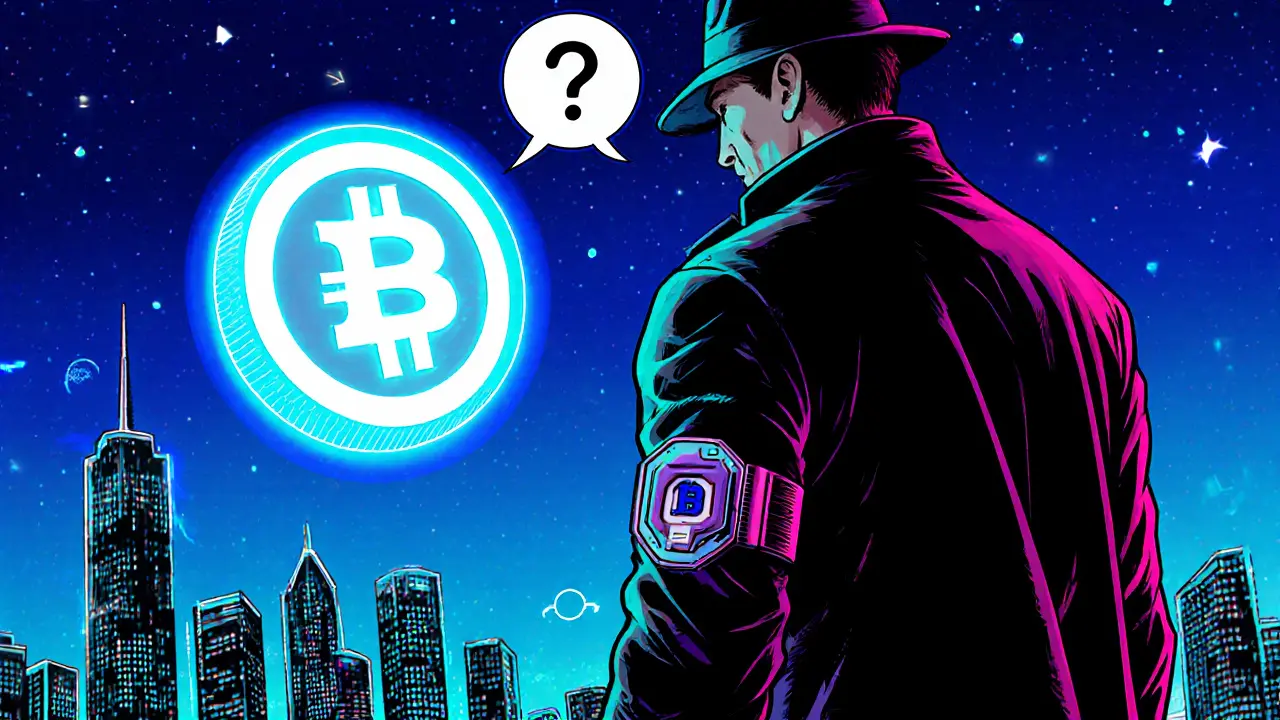Blockchain Airdrop: Your Quick Start Guide
When working with blockchain airdrop, a free distribution of cryptocurrency tokens to qualifying participants on a blockchain network. Also known as crypto airdrop, it helps new projects bootstrap a community, reward early users, and create buzz. In practice, an airdrop is a subset of token distribution where the project allocates a set amount of its native coin or governance token to wallets that meet certain criteria. These criteria can be as simple as holding a specific token, completing a social task, or registering on a platform.
To claim any airdrop, you first need a wallet, software or hardware that stores the private keys required to receive and manage blockchain assets. The wallet must support the blockchain on which the token lives—Ethereum, Solana, Binance Smart Chain, or newer layer‑2 solutions. Once you have a compatible wallet, the typical steps are: verify eligibility, complete any required actions (like following a Telegram channel or holding a snapshot token), and submit your wallet address through the project’s claim portal. After the snapshot, the tokens appear in your wallet automatically or after a manual claim.
Key Elements to Spot a Real Airdrop
A solid airdrop usually comes from a credible source and follows a transparent process. It often includes clear documentation about the token’s purpose, tokenomics, and distribution schedule. Projects that operate in the DeFi, decentralized finance sector where users earn, borrow, and trade without intermediaries space frequently launch airdrops to attract liquidity providers or early stakers. Likewise, NFT collections may airdrop utility tokens that unlock special features in a game or marketplace. When evaluating an airdrop, check these signals: official announcement on the project’s website or verified social channels, a smart‑contract address that can be inspected on a block explorer, and a clear timeline for distribution.
Scams thrive on the excitement around free tokens. Common tricks include phishing sites that mimic a legit claim page, fake wallet extensions asking for private keys, and “pump‑and‑dump” airdrops that dump the token immediately after distribution. Protect yourself by never sharing your private key, using a hardware wallet for large balances, and confirming the contract address against reputable sources. If an airdrop asks for a payment to receive the tokens, it’s almost certainly a scam.
Beyond safety, a good airdrop can be a launchpad into broader crypto activities. Receiving a governance token may let you vote on protocol upgrades, while a utility token can be staked for passive income. Cross‑chain airdrops are becoming popular, allowing users on one blockchain to receive tokens on another, expanding the reach of projects. By understanding the mechanics—eligibility, wallet requirements, claim process, and risk mitigation—you’ll be ready to participate in the next big airdrop without falling for the usual pitfalls. Below, you’ll find a curated list of recent and upcoming airdrop guides that walk you through each step, from eligibility checks to claim verification.

The APIS Airdrop: What We Know and How to Track It in 2025
Explore why details on the APIS airdrop are scarce, learn typical airdrop mechanics, and get a step‑by‑step guide to stay prepared for any updates in 2025.
July 9 2025